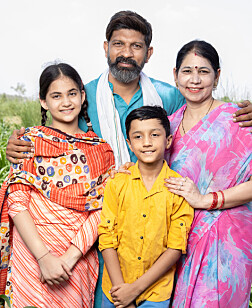
Record low fertility rates in Norway in 2022
The total fertility rate in Norway was measured at 1.41 children per woman in 2022. This is the lowest that has ever been measured.
The year before, the fertility rate was 1.55.
A total of 51,480 children were born in Norway last year. That is 4,580 fewer than the previous year and 1,499 fewer than in 2020, according to figures from Statistics Norway (SSB).
Total fertility rate (TFR) is a measure of how many children women will have on average during their lifetime, given that the fertility pattern remains the same. The number is used to give insight into the fertility trend in society.
Doubtful
The fertility rate fell for women under 40, while it was stable amongst women over 40. The decline is particularly large for women aged 25 to 34.
Of the women who turned 30 in 2022, 54 per cent had not had children. Ten years ago, the corresponding share was 42 per cent.
“Since there are so many 30-year-olds who have not had children yet, it is doubtful that today's women will have as many children as the generations before them – although it is conceivable that they will give birth to more children after the age of 30,” senior advisor Espen Andersen in SSB says.
Lowest in Oslo
Amongst those who turned 35 in 2022, 26 per cent had not had children. Ten years ago, the proportion was 21 per cent.
All counties in Norway experienced a decline in fertility rate last year, but it is clearly lowest in Oslo, where the TRF was a record low of 1.25 children per woman. Until last year, the lowest figure for Oslo was 1.34, which was measured in 1983.
Rogaland in western Norway is, as in recent years, the county with the highest fertility rate. Here, the TRF was 1.57 in 2022.
———
Translated by Alette Bjordal Gjellesvik.





































